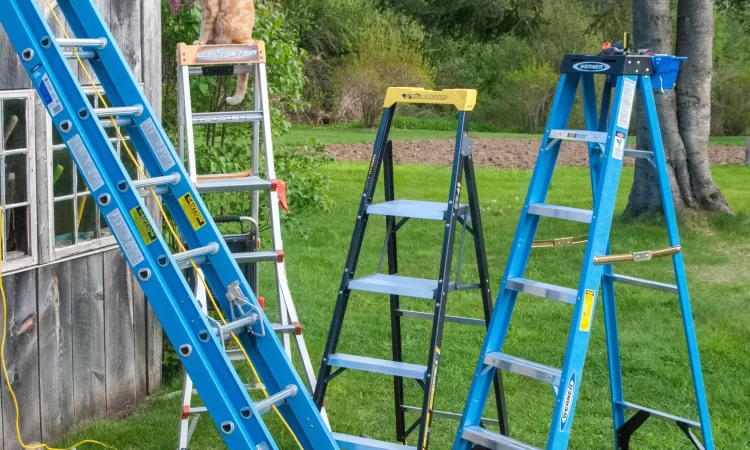
Whether it is a busy construction firm in Sydney or a quiet maintenance crew in a regional town, every organisation in Australia knows that the safety of their workers is paramount. When climbing at low-to-moderate heights, climbing equipment invariably affects that wellbeing. One wrong move on a precarious ladder can mean weeks of recuperation time, skyrocketing compensation costs, and a morale hit that lasts far longer than any bruise ever could. Also, platform ladders arise as a solution to this problem as they integrate all these aspects: stability with helping, large support space, and an ergonomic design. The stand they offer is a high working level surface that acts as a mini scaffold yet is light enough for one person to move around. In a time when safety regulators are constantly demanding them ever higher and insurers are looking ever more closely for any incident, investing in a reliable platform ladder is less a discretionary expenditure and more an operational imperative.
Getting Platform Ladders Explained
At its most basic level, a platform ladder is simply an A-frame ladder with its top few rungs removed and a large, flat standing surface inserted instead, with guardrails on three sides. The ladder folds into a freestanding posed, so no wall or something is required to lean against. The wide platform, unlike traditional step ladders, allows a more natural position for a longer time and reduces strain on the calves as well as pressure across the arches of the feet. The guardrails provide visual and physical cues that mitigate the subconscious sense of being exposed. A hand grip integrated above the guard rails, allows a technician three points of contact on a ladder, while not having to do any sort of body contortion to grab a hand hold to enter the industrial or IT cabinet. These components—everything from electrical fit-outs in shopping centres to airline cabin servicing on the tarmac—combine to make an elevated task feel almost ground-level.
Top Five Safety Designing Factors
However, modern platform ladders are made by manufacturers using a combination of aluminium or fibreglass for the side rails, slip resistant feet and deep treads that have be machine pressed for additional grip. Fibreglass is an indispensable option around the live electrical circuits because it does not carry current that reduces one major part of the on-site hazard. This is because the spreader bars that lock the two halves of each ladder together incorporate an automatic spring action, this means that the ladders cannot suddenly come apart when under load. Most platform surfacing has raised checker patterns, which means that shoes can release water and small dust from their tread before it can accumulate into a slick film. Twisting loads then take place as a worker has to reach sideways for a cable tray or conduit which applies force on a wider area which can weaken the connection; so corner braces can help to overcome this issue. Additionally, some high-end models include self-closing safety gates that are made from lightweight aluminium and swing outward as the worker climbs the ladder before automatically swinging shut under the force of gravity to create a solid barrier when the worker steps onto the platform. Every single minute detail addresses a specific failure mode identified through 20 years of safety audits and lab tests.
Diversity across Industries and Functions
That same ladder from equip2go that helps a painter apply a coat of colour on to a ceiling cornice can also be used by an aircraft engineer performing avionics checks, a facility manager changing out high-bay lighting, or a horticulturalist to prune indoor green walls in a corporate lobby. The configuration is well suited to the standing deck which is large enough for power tools, small parts organisers or a paint pot without expecting the user to extreme balancing on a narrow rung. The heights continue with two-step stumps, designed for restocking retail shelves and homes, up to mid-height and right up to trade workshops, followed by ten-step giants for industrial warehousing and aviation.



